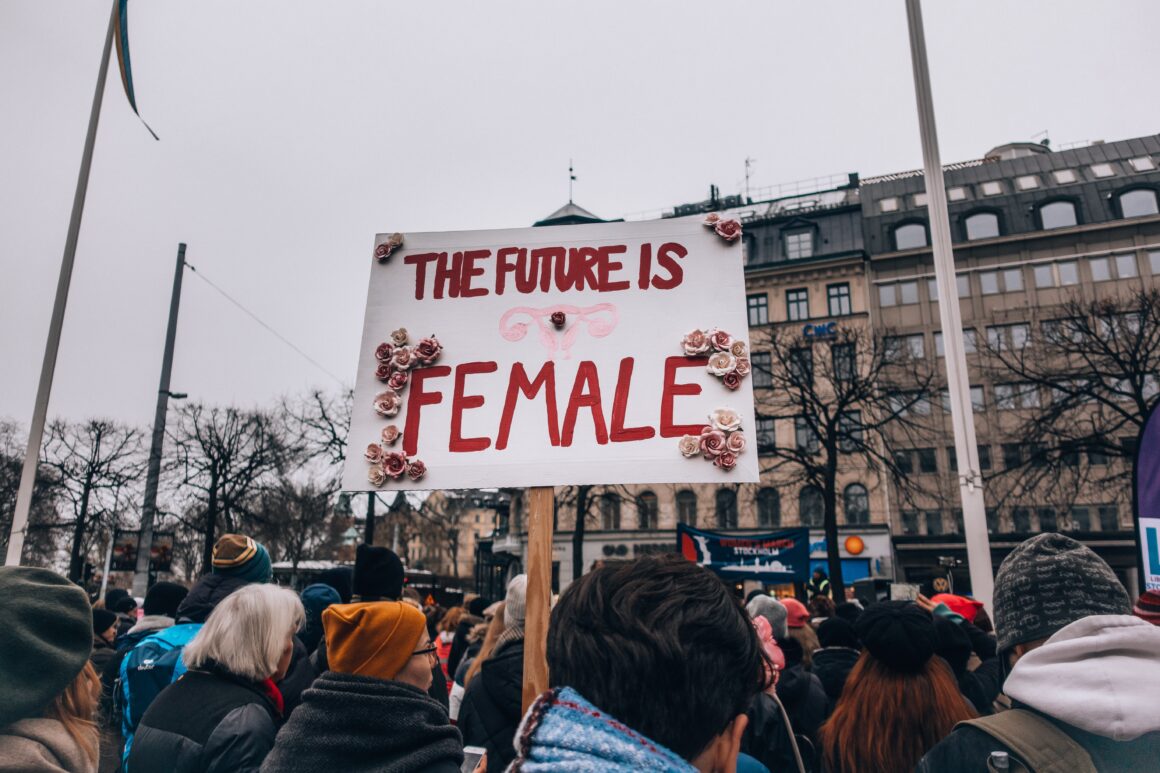
The World Economic Forum’s annual Gender Gap Report is out, and it’s not looking too good. One of the biggest findings? What they call a “dramatic slowdown in progress” to closing the gap. The report is really interactive so that users of the website can explore reports from their specific country.
According to their findings, the process to closing the gap has been slowed down by about three years. I’m 18 now, and their wage calculator told me that I would be 188 years old by the time the gender pay gap actually closes. That’s not looking too good for me as a woman entering the workforce within the next six years, as I would like to be valued for the same work as a man is. Sadly, that will not be the case. For every $1 I will earn, a man will earn $1.54 for the same job. This is partly because my country, the United States of America, earned a score of 0.72.
To put this into perspective, a score of 0.00 would be total inequality, and a score of 1.00 would be total equality. If this doesn’t tell the U.S. that we have a long way to go, I’m not sure what will. Contrary to popular belief, this is not because not enough women are entering the workforce. 66.7% of the workforce is women (note that the workforce does not include people who are not actively seeking work, whether they are employed or not). This is not because women are not smart enough to do as substantial a job as a man. Literacy rates for men and women are equal, which contributes significantly to a woman or man getting and completing their education.
In addition, women across the world work an average of 39 days more per year than men are. That’s about 50 more minutes each day. We’re working more, doing a great if not better job, and when we hold out our hand asking for our well-deserved 54 cents more, we are told “maybe when you’re 188.” The United States, which prides itself on opportunity and prosperity, doesn’t even rank in the top 10 smallest wage gaps (go Iceland! you’re #1).
Looking at Guatemala, one of the poorest countries in Latin America, I’m shocked at its similarity to the U.S. in statistics. While it ranks a lot lower in equality, a Guatemalan man earns $2.04 for every woman’s $1. This is true even though women there earned the right to vote about 20 years earlier than U.S. women did.
Across the world, more and more women are attending primary, secondary, and tertiary institutions. They are gaining the skill and qualifications to have a well-paying job and eventually earn senior positions. Yet, the outcome is different than a man doing the same thing, and getting worse. Western Europe may close the gender gap in about 47 years. What do they have over the U.S. and North America (the area labeled as “going backwards” on the report)?
The World Economic Forum poses a few barriers that might be in our women’s way:
- Unconscious bias among managers
- Lack of qualified incoming talent, as in lack of emphasis on education for women, making them less prepared for the workforce
- Lack of female role models
- Lack of work-life balance, as expectations for women to raise children and keep the household are still around
We know what we have to fix, so as a country and as many other nations, we cannot celebrate women earning more if they aren’t actually earning more. We can’t just demand our 54 cents back; we have to adjust the entire system to close the gap once and for all, so that when we all enter the workforce in the next five to ten years, we won’t have to wait over a hundred more to earn what we deserve.


